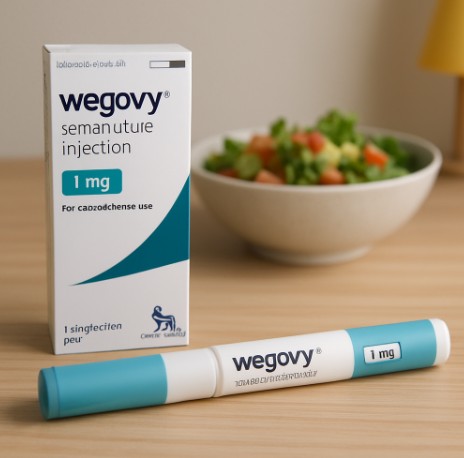Vegan vs Carnivore Diet – Which Is Better for Fat Burn?
I’ve tried both the plant-based vegan diet and the all-meat carnivore approach—and yes, both had their moments. But when it comes to burning fat efficiently, the two couldn’t be more different. Let’s break down the science, my personal experiences, and which plan truly worked better for fat burn.
Structured Outline
-
What Is a Vegan Diet?
1-1. Basics of a Plant-Based Diet
1-2. Common Foods and Nutrients -
What Is a Carnivore Diet?
2-1. Animal-Based Nutrition Explained
2-2. Typical Meal Plan on Carnivore -
Fat Burning Mechanisms Compared
3-1. How the Vegan Diet Affects Fat Loss
3-2. How the Carnivore Diet Influences Metabolism -
My Personal Results
4-1. Body Composition Changes
4-2. Energy, Hunger, and Cravings -
Pros and Cons of Each Approach
5-1. Vegan Diet: Strengths and Drawbacks
5-2. Carnivore Diet: Benefits and Risks -
FAQ
-
Final Thoughts and Recommendation
🥬 1. What Is a Vegan Diet?
1-1. Basics of a Plant-Based Diet
A vegan diet excludes all animal products—no meat, dairy, or eggs. Instead, it’s built around vegetables, fruits, legumes, grains, nuts, and seeds.
1-2. Common Foods and Nutrients
You’ll get most of your protein from tofu, lentils, beans, and tempeh. It’s naturally high in fiber and low in saturated fat, which helps digestion and cardiovascular health—but you do need to supplement things like B12 and omega-3s.
🥩 2. What Is a Carnivore Diet?
2-1. Animal-Based Nutrition Explained
The carnivore diet is basically the opposite—it eliminates plant foods and focuses solely on animal products like red meat, organ meats, eggs, and sometimes dairy.
2-2. Typical Meal Plan on Carnivore
Think ribeyes, beef liver, eggs, bone marrow, and zero carbs. It’s a zero-fiber, high-fat, high-protein plan that pushes your body into a fat-adapted state.
🔥 3. Fat Burning Mechanisms Compared
3-1. How the Vegan Diet Affects Fat Loss
Vegan diets are typically lower in calories and high in fiber, which supports appetite control. However, they can be carb-heavy, which may spike insulin and slow fat burning if not managed properly.
3-2. How the Carnivore Diet Influences Metabolism
The carnivore diet drastically lowers insulin levels due to minimal carbs, potentially increasing fat oxidation. I noticed I entered ketosis quickly and burned more fat—especially visceral fat—within a few weeks.
📉 4. My Personal Results
4-1. Body Composition Changes
With the vegan diet, I lost about 4 pounds in a month—but mostly water weight and a bit of muscle. On carnivore, I dropped 6 pounds of fat in 3 weeks, while maintaining lean mass.
4-2. Energy, Hunger, and Cravings
Vegan gave me lighter digestion, but I was often hungry. Carnivore eliminated cravings completely. My energy was more stable, and I didn’t need snacks between meals.
⚖️ 5. Pros and Cons of Each Approach
5-1. Vegan Diet: Strengths and Drawbacks
Pros: Heart-friendly, rich in antioxidants, great for ethical reasons.
Cons: May lack protein density and key nutrients without careful planning.
5-2. Carnivore Diet: Benefits and Risks
Pros: Fast fat loss, improved focus, satiety, and hormonal stability.
Cons: Restrictive, potentially high in cholesterol, fiber-free.
❓ Frequently Asked Questions
Q. Can you burn fat on a vegan diet without losing muscle?
Yes, but it takes careful macronutrient planning with enough plant protein and strength training.
Q. Is the carnivore diet sustainable long-term?
It depends. Some thrive on it, but others struggle with digestion, social eating, and long-term heart health markers.
✅ Final Thoughts and Recommendation
Both diets can help with fat burn, but from my experience, the carnivore diet was more effective for rapid and targeted fat loss. Still, I wouldn’t recommend staying on it forever. Try both, listen to your body, and work with a nutritionist if you’re unsure.
📌 This blog is based on personal experiences and publicly available information, and is not written by a licensed medical professional. For personalized advice, please consult a qualified expert.



Comments
Post a Comment